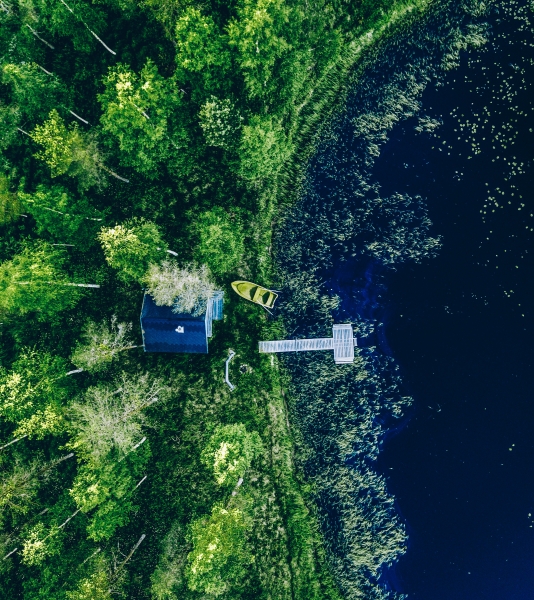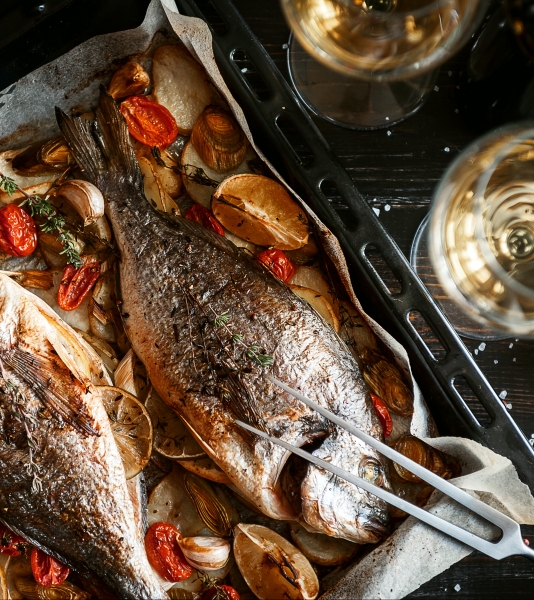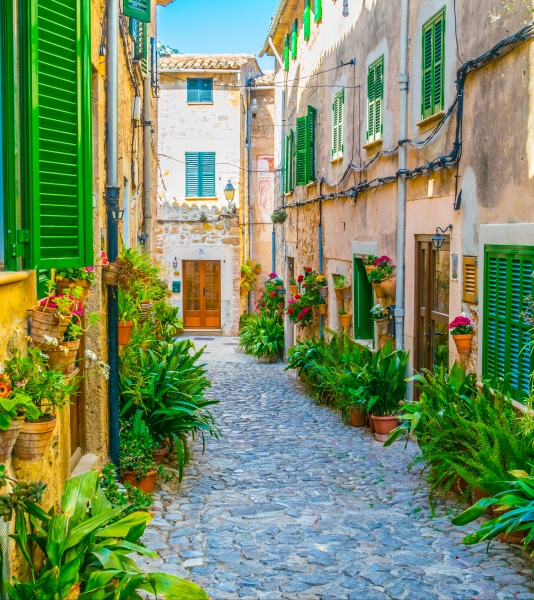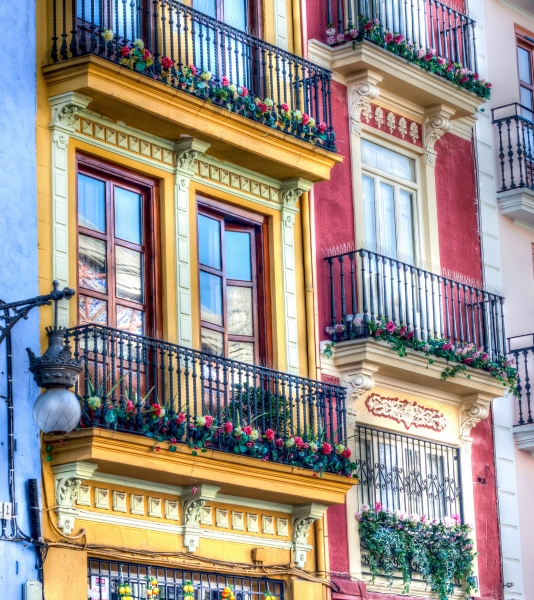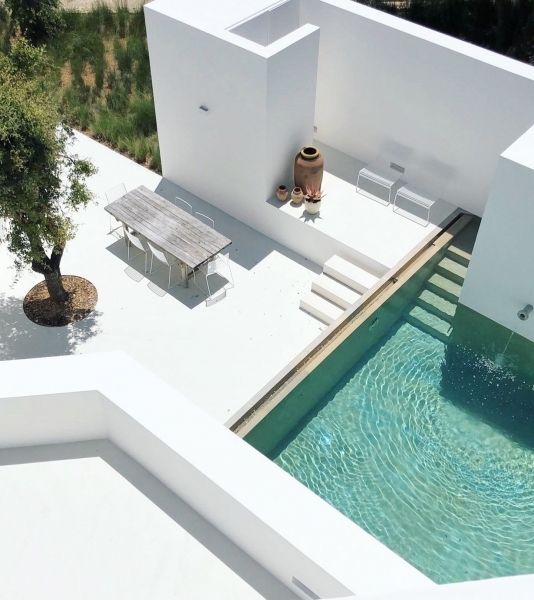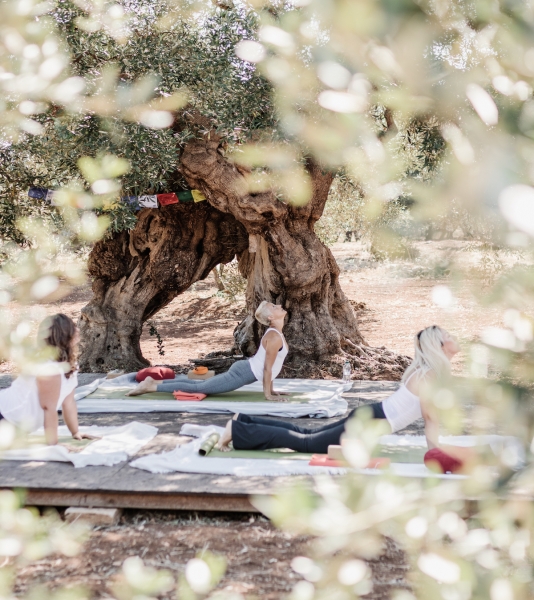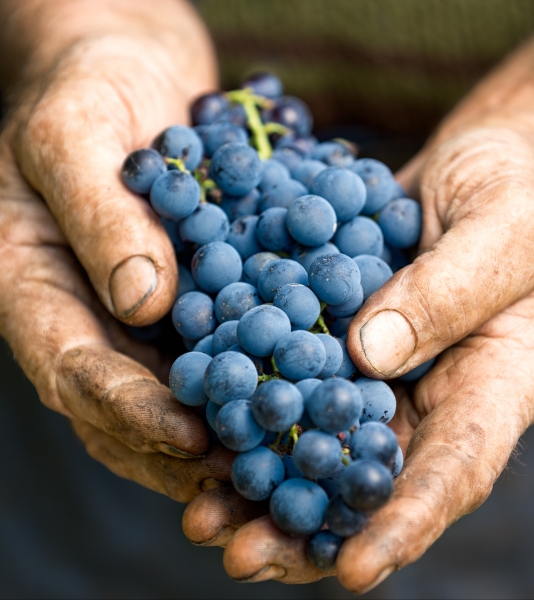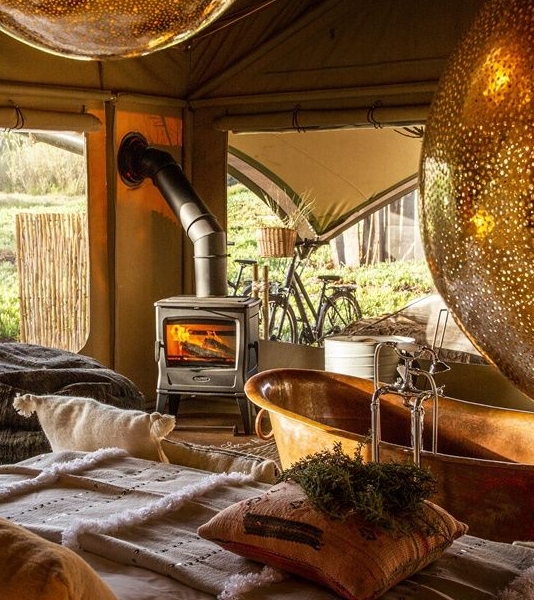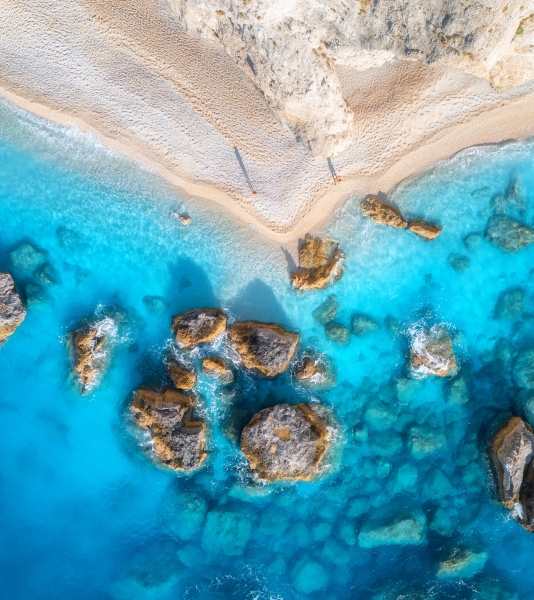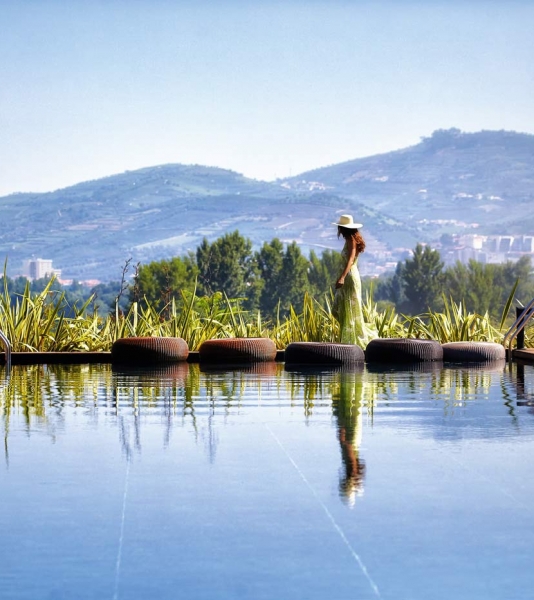Where to stay in the Alentejo
The Alentejo region makes up almost two-thirds of Portugal's land area, and yet is still a hidden gem. Experience the hospitality of the Portuguese in the most exceptional and best accommodation in Alentejo. We have a handpicked selection of beautiful holiday flats, romantic boutique hotels in Évora, Estremoz or Elvas and charming country guesthouses overlooking the rolling hills covered in olive trees. In the Alentejo wine region, you should stay in a wine hotel and travel back in time by staying in a manor house in the countryside.
In the popular region of Comporta on the Atlantic coast and everything south of Alcácer do Sal, our collection offers real insider tips with charm and character: whether it's a villa on the beach, a dreamlike luxury hotel with sea views, small, sweet bed & breakfasts, a nature resort or a holiday home for a family holiday.
We have selected for you the best holiday homes in Alentejo, country hotels and the best beach hotels on the Alentejo coast, whether you are travelling with family, friends or on a romantic trip. Take a look at our hotel guide with the best boutique hotels and holiday homes in Alentejo.
Alentejo - rolling hills, cork oak forests and whitewashed villages
The clock runs at a different pace in Alentejo, it may be difficult to get used to at first, but it is impossible not to be carried away by its sweet languor and immerse yourself in its fields, rivers, villages, beaches and, above all, its people. In this land you will find beautiful villages carefully painted with whitewash and topped at the corners of their houses with a beautiful lavender blue or mustard yellow. One example of this is Alcácer do Sal, where the river Sado flows at the foot of the village.
In Alentejo, the accommodations have their own character and the rural houses or villas are decorated in a traditional minimalist style with a touch of bohemian chic. Inland Alentejo offers wine tourism estates, such as in the Extremoz countryside, or yoga retreats in eco-sustainable accommodations.
On the Costa Vicentina, many new charming accommodations have sprung up, always with a warm, simple and elegant design, allowing us to take full advantage of the beautiful beaches along the coast. Most of them are rural hotels with activities for children, such as surfing, horse riding or cycling, ideal for families. However, there are also hotels exclusively for adults, for lovers, in small bed and breakfasts with beautiful views, such as in Zambujeira do Mar.
And finally, for those looking for the best of the best, Alentejo also offers an exceptional range of luxury hotels, such as the super trendy Comporta, or those that are hidden in the interior of the country, such as the beautiful Hotel Malhadinha Nova, considered one of the best charming hotels in the country, or even the best.
Portugal's largest province is also the most sparsely populated. The seemingly endless land of rolling plains, covered with olive and cork groves, wheat fields, whitewashed houses and Roman ruins. Besides the gentle landscape and charming towns, it is the tranquillity that is most impressive. The people of the rest of Portugal like to make fun of the serenity in Alentejo, but everyone loves this region's cuisine, songs and craftsmanship. And they equally admire the philosophy of life of the Alentejan people, who take each day as it comes.
Driving inland from Lisbon, you get a sense of where this mentality comes from. The roads wind through rolling hills, avenues lined with gnarled olive trees and cork oaks as far as one can see. Alentejo is the largest producer of cork in the world, and a cork oak tree has to grow for almost 30 years before it can be harvested for the first time. An agricultural system that has been in place for centuries, the Alentejans have endowed it with the serenity that can be experienced when travelling through this region.
Tourism in the province of Alentejo is still young, but it has great potential. The region is also known as the Tuscany of Portugal. Rich in cultural and historical heritage, unspoiled nature, elegant and authentic. Alentejo is a wonderful destination for those who prefer to enjoy wine, nature, art and culture in tranquility and long for a quiet, authentic Portuguese experience.
Activities in Alentejo
Évora and Estremoz
Alentejo is one of the most important wine regions in Portugal and is especially known for its red wine. There are many wineries that offer tours and wine tastings. We recommend taking the opportunity to stay in a wine hotel. You know you are in Alentejo when you are surrounded by vineyards and people who share a love of winemaking with the greatest of friends.
An hour inland from Lisbon, you can already reach one of the many historical sites that are typical of Alentejo: Cromlech of Almendres. This impressive three-phase stone circle is the most important on the Iberian Peninsula. It is said to be 1000 to 2000 years older than Stonehenge. From there it's another 30 minutes to the historic city of Évora in the heart of the province in central Alentejo. Évora is a UNESCO World Heritage Site and is known for its well-preserved historic centre. The city has many historic landmarks such as the Gothic Évora Cathedral and Dom Manuel's Palace are testament to the impressive Portuguese Renaissance architecture. The latter is now a museum that provides insights into the life of the Portuguese aristocracy. Probably the best-known landmark of the city is the Temple of Évora. The temple is an imposing remnant of the Roman occupation, just like the aqueduct, an impressive example of Roman aqueduct technology and connects the city with the river Albufeira. Equally impressive is the Capela dos Ossos, the Bone Chapel, known for its unique decoration of human bones and skulls from some 5,000 monks. The typical Portuguese tiled decorations can be admired on the magnificent baroque church of São Francisco, among others.
Most of the festivities in the Alentejo have a very long tradition and are deeply rooted in the consciousness of the population. The biggest event in Évora is the St John's Fair, a folk festival with lots of folklore, handicrafts, music and culinary delights. This festival is celebrated during the last ten days of June.
Évora is also known for its outstanding wines, especially red wine. Wine tastings are a great way to experience the hospitality and affection for tradition of the Alentejanos. At the castle of Évoramonte, 20 kilometres away, you can enjoy a breathtaking view of the Alentejo countryside, which has many more hidden treasures. Each of the romantic villages have their own handicrafts, which you can buy at the local traditional markets. In the village of Arraiolos, 20 km north of Évora, the wonderful Arraiolos carpets are woven, for example. Throughout the province you will come across wrought ironwork, hand-painted furniture, leather products and colourful pottery.
A little further to the north-east, the "White City" of Estremoz sits perched on hills. The name comes from the whitewashed houses that are significant for the Alentejo and from the large marble reserves. Portugal is the world's second largest exporter of marble and Estremoz supplies 90% of it. The historically important city is home to a multitude of beautiful marble buildings, with the imposing castle at the centre, a reminder of royal times. The fact that this white town was the residence of many Portuguese royalty can be felt throughout the surrounding area. In the surrounding mountains of the Serra d'Ossa, many royal monuments as well as monumental dolmens and menhirs from the Stone Age bear witness to the historical heritage. Hiking in the Ossa mountain range is a great experience. It is rare to find such untouched nature. In peaceful tranquillity, you can enjoy breathtaking views, waterfalls and caves in the land of kings and queens.
The Northern Alentejo
From Estremoz, it is worth heading north towards the Spanish border, where the Serra de São Mamede mountain range rises. The national park of the same name has countless hiking routes where you can enjoy untouched natural landscapes with a great biodiversity. There is something for everyone in terms of route length and altitude level. The surrounding towns such as Portalegre, Marvão and Castelo de Vido can all be combined with a beautiful hike.
The town of Portalegre near the mountains has pretty, narrow streets, great viewpoints and historic buildings, many of them Baroque. Among them are very beautiful churches and museums. The Museu da Tapeçaria is dedicated to the art of tapestry. Tapestry has a long tradition in the Alentejo, and Portalegre is particularly famous for it. From there, it is only a stone's throw to the village of Marvão, on the northern slope of Serra de São Mamede. This location offers a fantastic view over the countryside all the way to Spain, making it worth a visit for that reason alone. The locals say they live where you can see the eagles from above. You also pass the Ponte Romana da Portagem on the way, one of several historic bridge structures dating back to Roman times. The locals in Marvão are exceptionally welcoming, even for Alentejos, and love to share their traditions and delicious cuisine.
A little further north lies another Alentejo insider tip: the medieval town of Castelo de Vide. What makes the town special is, on one hand, the impressive castle and the many historical buildings. What makes the town a hidden gem is its unique atmosphere. Narrow, sometimes steep alleys run through the town, with relics from long ago on every corner. In the historic centre is a Jewish quarter, one of the best preserved in Portugal. A lot of restoration work has been going on here in recent years, and the area enjoys a wealth of civil architecture from the Gothic period.
Along the Portuguese-Spanish border to the south lies the town of Elvas. A place that has seen a lot of history due to its strategically important location and played a major role in Portugal's independence. The largest bastioned fortification in the world is in Elvas! The star-shaped defences Fort Santa Luzia and the Forte da Graça are particularly impressive. If you have a drone, you must take a bird's eye view of these monuments to history. The 8km-long Amoreira Aqueduct in the centre of the city is no less imposing.
The heart of the Alentejo
Further south, along the border with Spain, you come to Europe's largest reservoir. Lake Alqueva offers a bathing paradise on the eastern edge of the Alentejo province. Due to its size, this artificial lake seems endless, like an ocean. Here you can take boat trips, go fishing and do all kinds of water sports or simply relax on the sandy beaches. At the northern point of the lake is Monsaraz, a fortified medieval village with a fantastic view of the Alqueva reservoir, whitewashed houses and a castle. Whether you stay in an elegant mansion with an infinity pool or in an authentic bed & breakfast, which can also be rented as a whole villa - there is plenty to do and wonderful places to relax around the lake.
To the south of the lake is Moura, where there's a 13th century castle with great views of the town and the surrounding area. Besides the historic centre of Moura with its narrow streets, beautiful churches and whitewashed houses, the magnificent 16th century aqueduct of Moura offers great photo opportunities. Through Moura, you reach Beja, the heart of Alentejo. Beja is a town with rich history and culture, with many sights to see. The whole region around it benefits from the province's sparse population. The hills offer unspoilt nature, wonderful for hiking, and vast plains ideal for horse riding. There are stunning hotels and mansions on huge estates, with their own vines, parks and even archaeological remains in the form of menhirs. Here you will get relaxation and luxury at the highest level.
In the Vale do Guadiana Nature Park there is a good network of hiking trails, through the beautiful nature along the wild river banks, passing archaeological sites here and there.
Fashionable Comporta and the wild Costa Vicentina
If you like hiking, you will also find wonderful hiking routes in the west of Alentejo. The Rota Vicentina is a network of hiking trails covering more than 450 km along Portugal's southwestern coast. One of the well-known routes runs along the Costa Vicentina, where you can enjoy spectacular views of the Atlantic Ocean.
Starting in fashionable Comporta, a popular day trip from Lisbon, the Vicentine coast is home to some of Portugal's most beautiful beaches. Because of the good waves, the west coast of Alentejo is very popular with surfers. Overall, the area is a wonderful holiday destination because it offers a wealth of activities and attractions. The breathtaking scenery and spectacular beaches make this region a paradise for beach lovers.
Among them, for example, the beach of Porto Covo, a charming village with the ancient fortress of Pessegueiro. A little further south, Malhão beach, another beautiful beach known for its impressive cliffs and crystal clear waters. Even further south, the picturesque coastal town of Zambujeira do Mar is worth a visit.
On the border between the Alentejo and the Algarve, the Southwest Alentejo and Costa Vicentina Natural Park is the best-preserved stretch of coastline in Europe, with several species of unique fauna and flora, and is visited by many zoologists and botanists from all over the world. The village of Odeceixe nearby offers some of the most beautiful beaches in the region. Here you can explore an impressive gorge and enjoy some great hiking trails in the area.
Gastronomy in Alentejo
The cuisine of the Alentejo is highly appreciated all over Portugal. One of the most famous dishes is the sumptuous "Carne de Porco à Alentejana": marinated cubed pork mixed with cockles in a sauce made of tomatoes, olive oil, onions and coriander. You should also try the "Açorda à Alentejana", a kind of eggs in bread, seasoned with coriander and garlic. The dish "Ensopado de Borrego", a lamb stew, is also very typical for this region and is very popular among the local population.
Other regional specialities include rabbit and wild hare dishes and lamb and kid stews. The various types of cheese from Nisa, Serpa and Évora are excellent for a snack. For dessert, we recommend the wonderful desserts made with eggs.
The Alentejo also produces some of the best wines in Portugal, with both red and white wines having a higher alcohol content and being rather fruity. We would like to recommend the wines from Borba, Redondo, Moura and Reguengos.
Our collections
Don’t know where to go? Let our collections inspire you.


